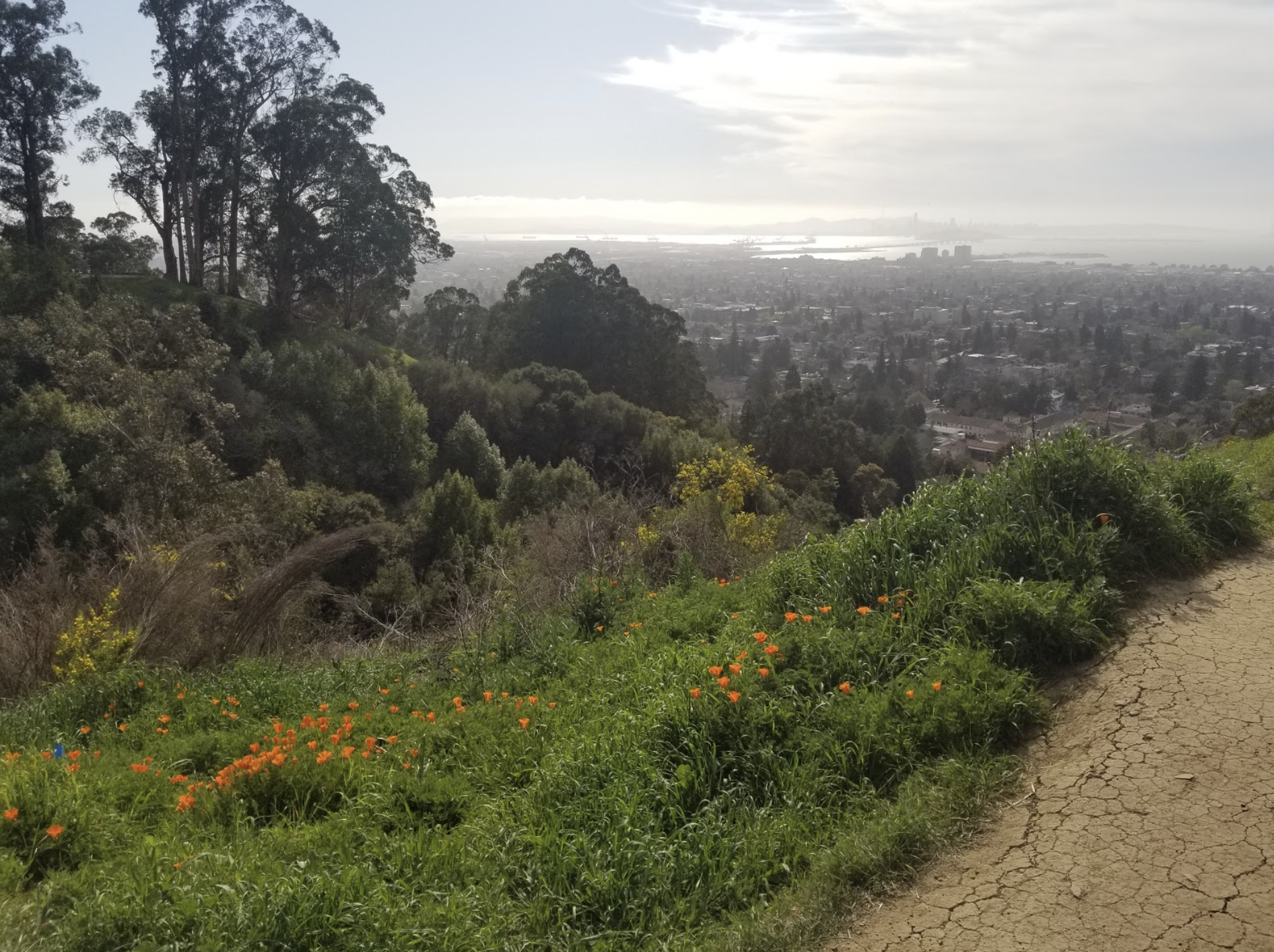The Fung Fellowship Conservation + Technology track was launched this fall, creating new and exciting possibilities for third year students interested in conservation issues and design. In partnership with the Rausser College of Natural Resources, the C+T cohort is a space for students of all disciplines and backgrounds to work collaboratively with organizations currently on the frontlines of biodiversity conservation, emphasizing human-centered design skills and the user experience throughout the process. I joined the Fung Fellowship this fall, and have thoroughly enjoyed the hands-on learning experience via the design challenges, which are conservation challenges that allow us to design a solution.
The first Design Challenge we were presented with was about agricultural-based land practices. The use of waste-sourced materials in fertilizers and other soil improvement products can lead to heavy metals in the soil which impact human and environmental health. The question we had to work with was: How might we use technology to help farmers better understand the environmental impacts of fertilizers, and make more eco-friendly fertilizer choices? The partner organization was Save Our Soil.
The second Design Challenge was about the implications of humans relying on wildlife and natural resources for economic livelihoods. From land use changing to hunting, human activities have resulted in significant losses of wildlife and healthy ecosystems. We were presented with these questions: How might we co-create sustainable income opportunities that a) decrease human-based pressures on wildlife species; and b) mitigate biodiversity loss as well as threats to human health and livelihoods? The partner organization was Wildlife Conservation Network who helped propose the challenge question.
While this question is both multifaceted and daunting, the C+T cohort eagerly dove into research. For seven weeks, students familiarized themselves with conservation in response to direct exploitation of resources (hunting, using species for medicinal purposes, overharvesting for food), including the intersection of peoples livelihoods, cultural traditions, and the role of government and policies. Groups conducted their own background research by reaching out to individuals and/or organizations knowledgeable in the area, interviewing experts, doing case studies, and then working together to create a solution. The process wasn’t easy, but students get to dive into the complexities of conservation issues, gain skills in collaborating with team members, and focus on human-centered design.
On December 9th, all eight groups delivered six minute presentations to a panel featuring Tommy Sheridan, the Conservation Network Manager from Wildlife Conservation Network; Justin Brashares, Professor of Ecology and Conservation at UC Berkeley; and Shara Ticku, CEO & Co-founder of C16 Bioscienes. Groups were given the opportunity to work with three organizations: MarAlliance in Belize, which focuses on alternatives to gillnet fishing, Spectacled Bear Conservation in Peru, which involved finding alternatives to craft sales, as well as Conservation Through Public Health in Uganda and Cheetah Conservation Botswana, which both looked at alternatives to tourist-based incomes.
Let’s take a look at one of the solutions proposed by my group, who worked with Spectacled Bear Conservation. The indigenous communities in Northern Peru lack opportunities and resources, and so agriculture is their main economic livelihood. The Spectacled Bear, a keystone species native to the forest habitats of Peru, has become endangered as a result of these habitat loss and fragmentation from farmland. In an effort to provide an alternative livelihood for people in the community that doesn’t harm the environment or the bears, Spectacled Bear Conservation has created the Felti Program, which is an organization that offers community members an income from dry needle felting. However, COVID19 showed the vulnerability in the Felti program, and these communities need a new alternative livelihood.
My group proposed a short-term and long-term solution. Firstly, we decided to rebrand the Felti Program, to hopefully shed more light on the communities in Northern Peru. From background research, we found that during COVID19, online communities have seen a considerable spike in interest for DIY crafts, like needle felting. By rebranding, we can utilize social media to spread humanitarian-focused products. Using profits generated from this rebranding effort, we would buy a plot of demonstration farmland in a central area of their town, for community members to meet and learn from others as they tend the land together. In this plot, they can learn techniques to grow food densely, children can create bear-deterrent windchimes, and neighbors can share seeds of new crops to try. This plot of land is a flexible space for knowledge sharing between research teams and community members on sustainable agricultural practices. The hope is that over time farmers will be able to move towards resilient community-based farms close to their homes that don’t interfere with the bear’s habitat. With secure agricultural livelihoods and a resilient community center, the hope is that these communities will become less reliant on Felti funds and become educated about the bear and the ecosystems that rely on it.
All the final products were extremely impressive. The students in the fellowship are engaged, creative, empathetic, and hardworking. I feel fortunate to be surrounded by these students-- they make me feel that the future of our world is in good hands. While sometimes environmental issues feel overwhelming, because of my peers, I know there is an endless world of possibilities, if we are daring enough to think out of the box and be risky. Where there is a will, there is a way.
As the C+T cohort enters their second semester, the bar continues to rise as these exceptional students expand their perspectives. With all this being said, applications for the Fung Fellowship are now open for rising juniors for the 2021-22 year! https://drive.google.com/file/d/1FxAt6jULtGyleMj3vXzLKZ1pG9OxhXun/view










